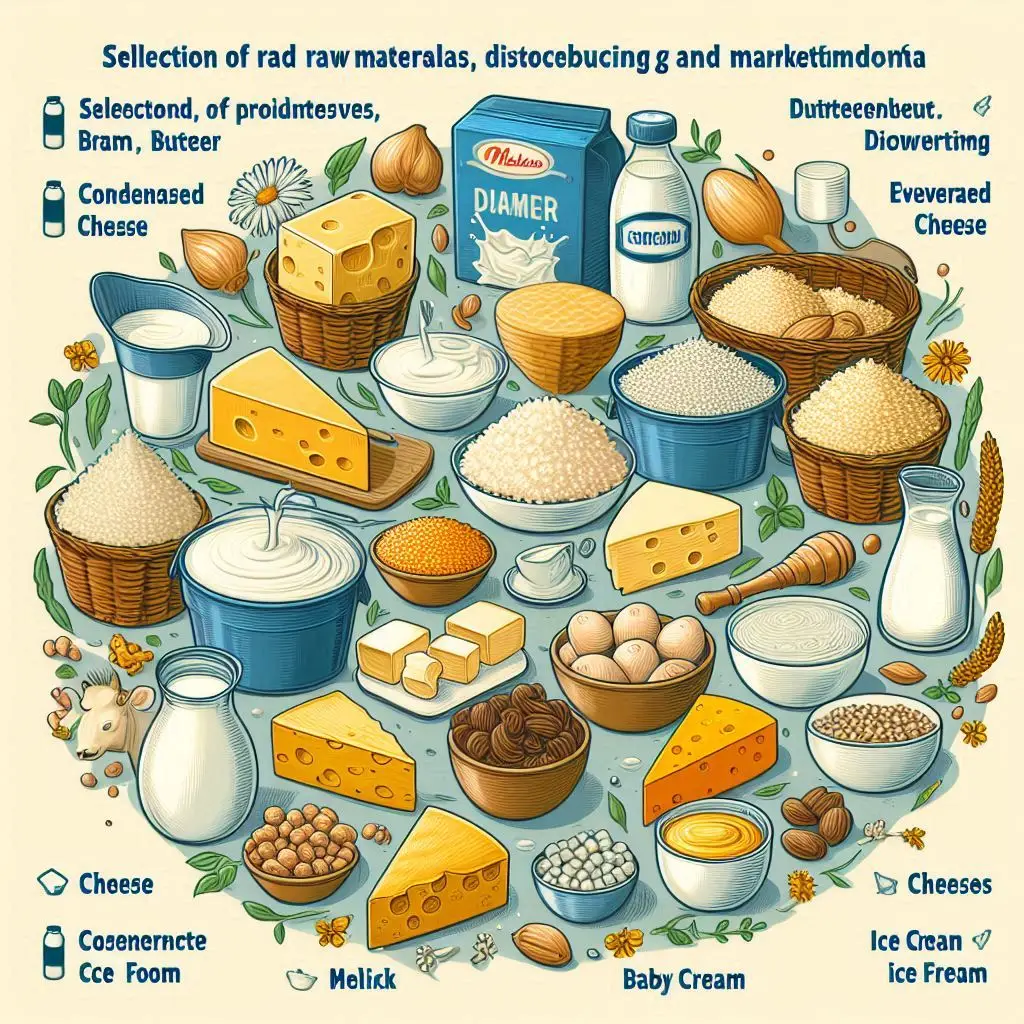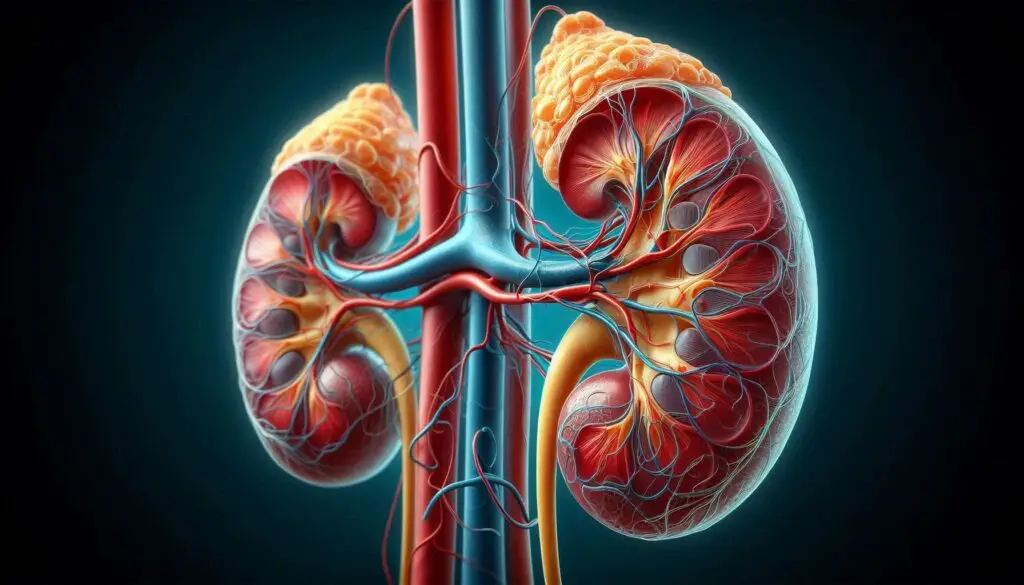Partitioning of food energy within the Animals

The partitioning of food energy within animals involves the allocation and utilization of energy derived from consumed food for various physiological processes. This process is crucial for understanding how animals meet their energy requirements for maintenance, growth, reproduction, and other activities.
Energy Partitioning Process
- Gross Energy (GE): This is the total energy content of the food consumed, measured before any losses occur. It represents the energy available from the complete oxidation of the feed.
- Digestible Energy (DE): After ingestion, some energy is lost through feces. The energy that remains after accounting for fecal losses is termed digestible energy. DE is a more accurate reflection of the energy available for absorption by the animal.
- Metabolizable Energy (ME): This is the energy available for use by the animal after accounting for energy lost in urine and gases (such as methane). ME is calculated as:
ME = DE – (energy lost in urine + energy lost in gases) - Net Energy (NE): This is the energy that remains after accounting for heat losses during metabolism. Net energy is what is ultimately available for maintenance and production (e.g., growth, reproduction). It is further divided into:
- Maintenance Energy: Energy required to maintain basic physiological functions.
- Production Energy: Energy used for growth, reproduction, and lactation.
Factors Influencing Energy Partitioning
Several factors affect how energy is partitioned within animals:
- Feed Composition: Different types of feed (e.g., roughages vs. concentrates) have varying energy values, with roughages generally yielding lower energy due to higher fiber content and associated losses.
- Animal Species: Different species have unique metabolic rates and energy requirements, influencing how efficiently they convert feed into usable energy.
- Life Stage: Young, growing animals utilize energy differently compared to mature animals. For example, growing animals primarily store energy as protein, while mature animals tend to store it as fat.
- Physiological State: Pregnant and lactating animals have additional energy demands for fetal development and milk production, respectively.
Conclusion
Understanding the partitioning of food energy within animals is essential for optimizing animal nutrition and improving production efficiency. By analysing the flow of energy from gross intake to net energy utilization, animal nutritionists can formulate diets that meet the specific energy needs of different species and life stages, ultimately enhancing growth, reproduction, and overall health.






Responses